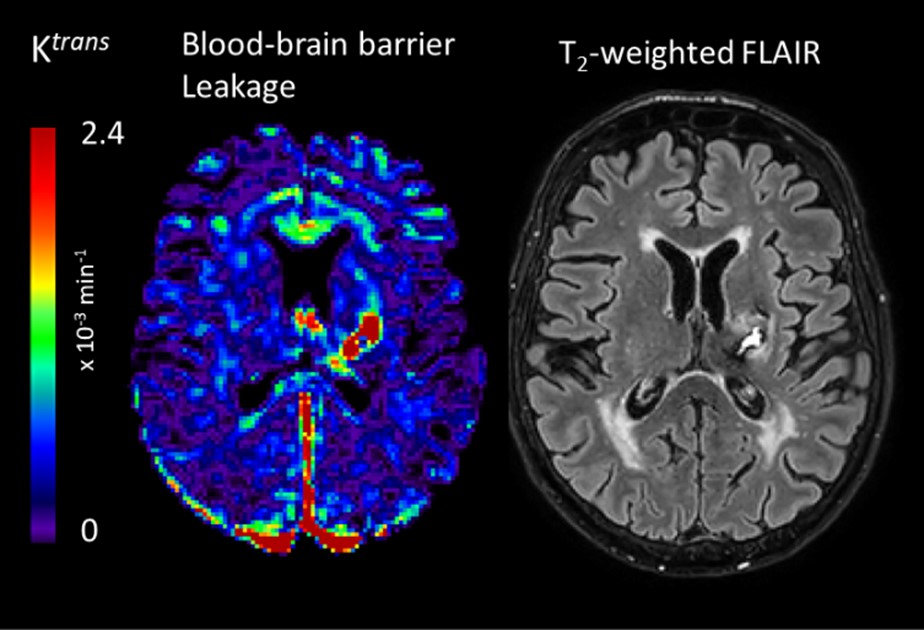
Imaging the blood-brain barrier after stroke
Laura Parkes, Craig Smith and Stuart Allan have been awarded funding to track changes in the brain over months and years in people who have suffered a stroke. Quantitative MRI will determine whether a stroke triggers changes in the brain that are responsible for continuing loss of brain function. Novel measurements of blood vessel break-down will help to understand the role of neuroinflammation in this degenerative process. The measurements will also be able to predict that someone will have cognitive decline in the future, providing valuable information for doctors, patients, and carers.
The $3.2M NIH-funded study is led by Prof. Marion Buckwalter at Stanford University with research taking place in Stanford, Manchester, and Columbia Universities. The Imaging Hub will be based in Manchester, with $780k funding for research scans and an imaging scientist to work with Dr Parkes and her team.
This work brings together research leaders within the Centre to use advances in MRI to answer important questions about stroke. It builds on the Stroke-IMPaCT research programme – a network of European and North American researchers working together to discover how inflammation and immune responses contribute to post-stroke cognitive decline.
The team would like to thank The University of Manchester Imaging Facilities grant for funding pilot scans supporting this grant application.
For more information about the Stroke IMPaCT Network please visit the webpage https://stroke-impact.org/, you can follow on Twitter @ImpactStroke





0 Comments